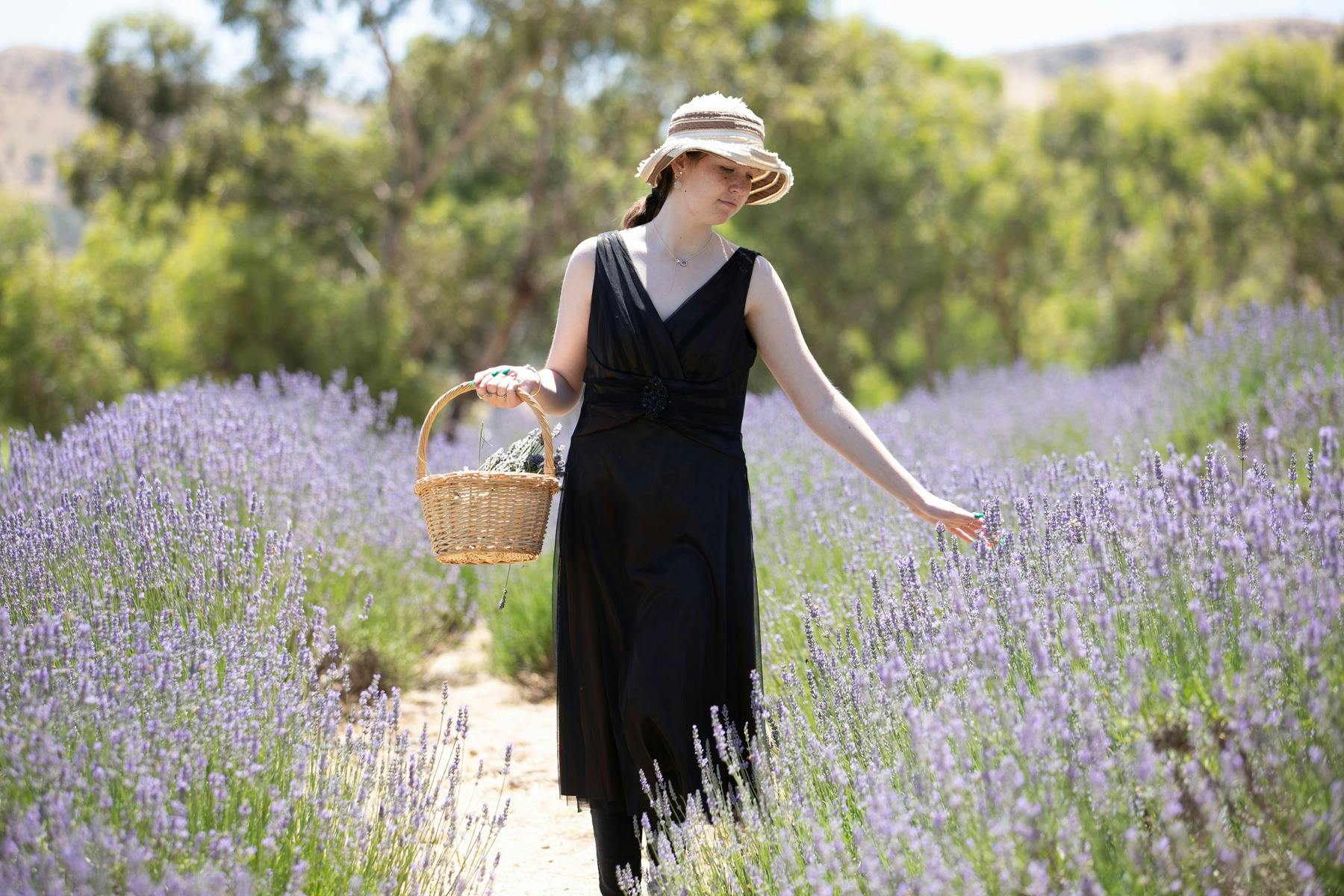 |
| Lyndoch. Source: Expedia |
The town’s history is deeply rooted in its Indigenous heritage, with the Peramangk people originally inhabiting the area. Their lifestyle, based on local flora and fauna, was disrupted by European settlement following the arrival of colonists in July 1836. By December 1837, Colonel William Light, a key figure in South Australia’s early exploration, named the valley Lyndoch after his esteemed friend Thomas Graham, Lord Lynedoch, commemorating their shared military history at the Battle of Barrosa in 1811. This naming, potentially a misspelling, reflects the town’s historical ties to British military figures.
The Birthplace of the Barossa Valley
Land sales began in 1839, and by the early 1840s, figures like Edward Rowan took up land, leading to the establishment of nearby Rowland Flat. Lyndoch is often credited as one of the first areas in the Barossa Valley to grow grapes, with plantings by 1847 at Pewsey Vale by Mr. Gilbert and at Jacob’s Creek by Johann Gramp, who produced wine by 1850. This early viticultural activity set the stage for Lyndoch’s enduring association with wine production.
Further historical notes include its connection to the Barossa Valley railway, with a station operational from 1911 to 1968 for passengers and fully closed in 2014, also used for goods and timber transport. The town’s historical significance is also marked by its sister city relationship with Georgetown, Texas, established in 1986 during sesquicentennial celebrations, highlighting international ties.
Geographically, Lyndoch is positioned 58 km northeast of Adelaide, along the Barossa Valley Highway, between Gawler and Tanunda. Its elevation stands at 175 meters, with an average annual rainfall of 560.5 mm, contributing to its suitability for viticulture and lavender farming. The town’s location, an hour’s drive from Adelaide with multiple access routes, enhances its appeal as a getaway destination, with options like the eastern approach through ranges or via Gomersal Road.
Attractions and Activities |
| Historic pub, the Lyndoch Hotel (Expedia) |
Lyndoch's attractions cater to both tourists and locals. The Lyndoch Lavender Farm, located at 407 Tweedies Gully Road, is South Australia’s largest, offering tours, a cafe open from 10 am to 4 pm (weekends January to August, daily September to December, excluding public holidays), and an online store for lavender products (Lyndoch Lavender Farm). It’s a multi-award-winning site, family-owned for over 30 years, providing a unique rural experience.
Historical sites include the Hoffnungstahl memorial, 3 km southeast of Lyndoch. This memorial commemorates a German pioneer settlement founded in 1847 that was abandoned after flooding in 1853 despite warnings from local Peramangk people. This site, detailed at Monument Australia, adds a layer of historical intrigue.
 |
| Lyndoch Lavender Farm (Tourism SA) |
Wine enthusiasts can explore numerous cellars, such as God’s Hill Wines and 1837 Barossa, with tasting rooms offering premium wines and scenic views. The town also features the Lyndoch Hotel, a family-owned pub in Gilbert Street, known for its bistro, gaming, and accommodation, with midweek lunch specials and seafood days (Lyndoch Hotel).
Feature Accommodation:
Lyndoch Grand is the new name for the former hotel and inn built in 1855 and now features seven tastefully restored bedrooms and ample open spaces for relaxation and enjoyment.
MORE: www.lyndochgrandaccommodation.com.au
MORE: Lyndoch at Aussie Towns




